Four Part Vertical Double Plane Structurist Relief (Winter Sky Series) 1980–83
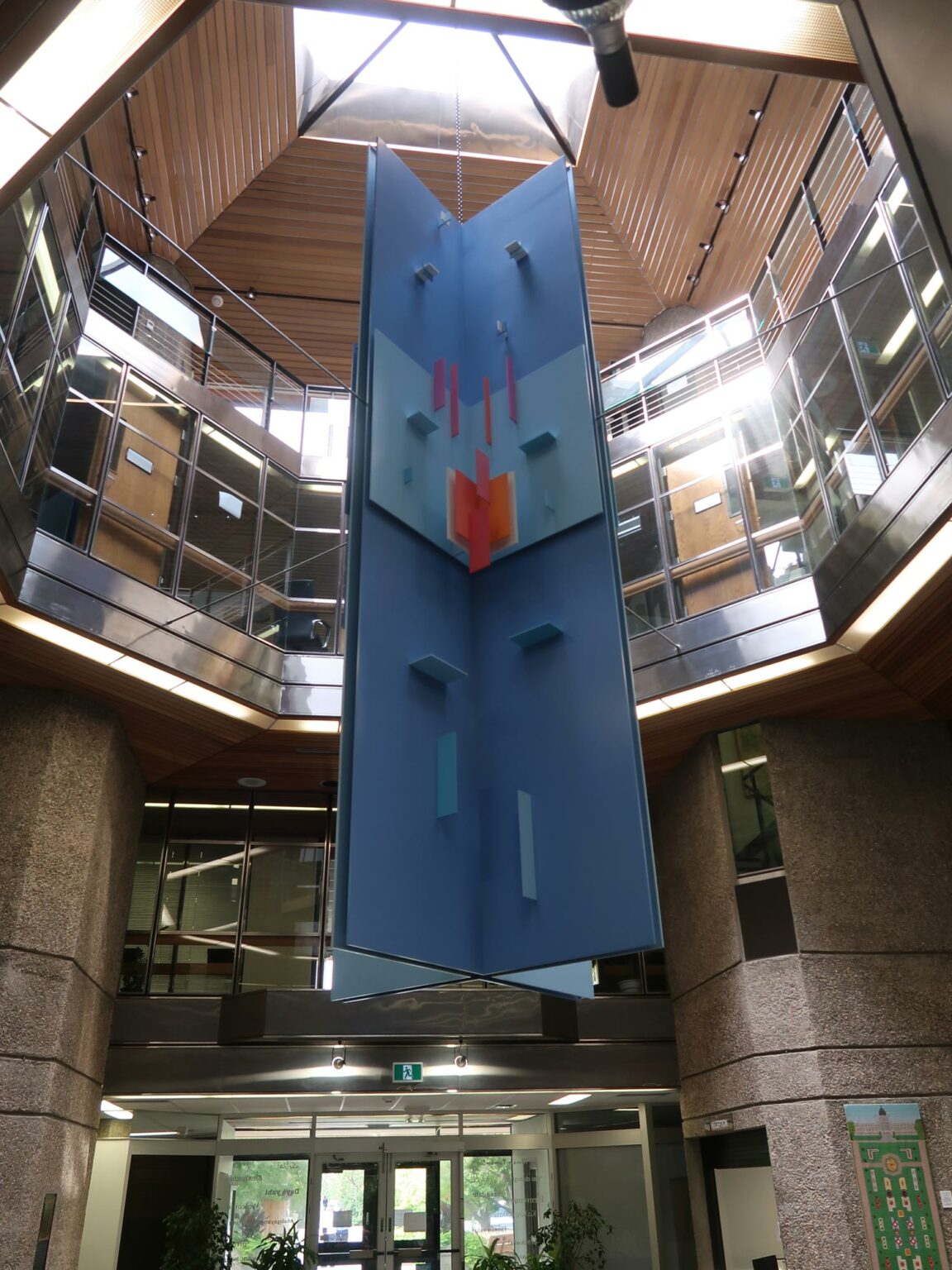
Eli Bornstein, Four Part Vertical Double Plane Structurist Relief (Winter Sky Series), 1980–83
Acrylic lacquer on aluminum and Plexiglas on welded steel, 640.1 x 342 cm (diameter)
Wascana Centre Authority, Regina
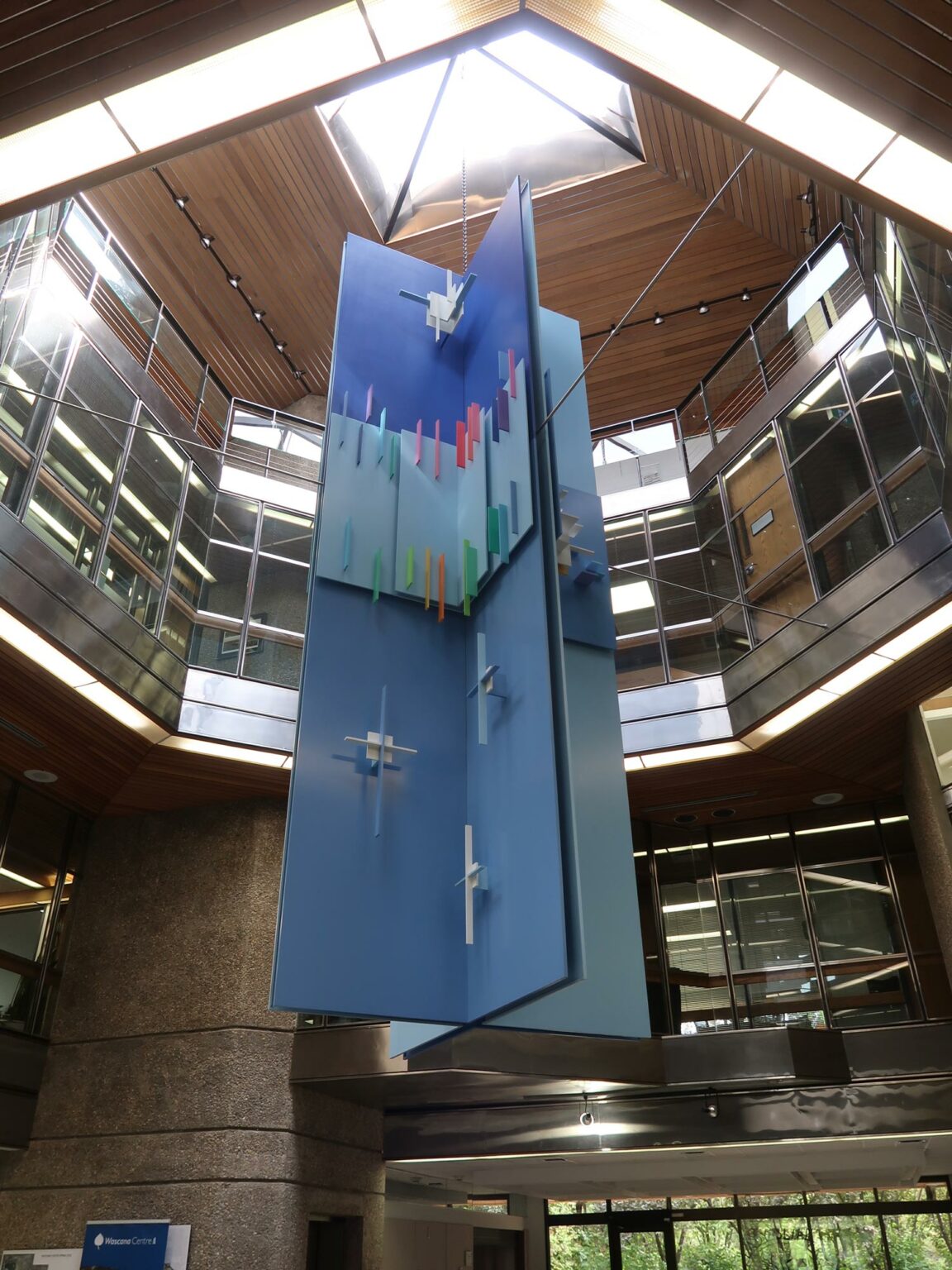
The monumental Four Part Vertical Double Plane Structurist Relief (Winter Sky Series) was commissioned by the Wascana Centre Authority Board for the Wascana Centre, a 930-hectare urban park in Regina. Bornstein’s challenge was to find a way to remain faithful to the principles of his Structurist reliefs—which, after all, were made to be hung against a wall—while fully engaging the lofty four-storey space of the Wascana Place administrative building. Bornstein’s simple and efficient solution was to redeploy the structure of his Double Plane reliefs by backing four of them up against one another. The resulting 6.4-metre-tall “four-part” construction was then suspended, as if it were a giant chandelier, from the building’s skylight.
-
View A of Eli Bornstein, Four Part Vertical Double Plane Structurist Relief Nos. 14–17 (Winter Sky Series), 1980–83
Enamel on aluminum and Plexiglas on steel frame, 104.1 x 38.1 x 38.1 cm
Canadian Centre for Architecture, Montreal
Model of the commission for the Wascana Centre Authority in Regina -
View B of Eli Bornstein, Four Part Vertical Double Plane Structurist Relief Nos. 14–17 (Winter Sky Series), 1980–83
Enamel on aluminum and Plexiglas on steel frame, 104.1 x 38.1 x 38.1 cm
Canadian Centre for Architecture, Montreal
Model of the commission for the Wascana Centre Authority in Regina -
View C of Eli Bornstein, Four Part Vertical Double Plane Structurist Relief Nos. 14–17 (Winter Sky Series), 1980–83
Enamel on aluminum and Plexiglas on steel frame, 104.1 x 38.1 x 38.1 cm
Canadian Centre for Architecture, Montreal
Model of the commission for the Wascana Centre Authority in Regina
Its theme—as suggested by the sculpture’s subtitle, Winter Sky Series—is the metaphorical celebration of Saskatchewan’s winter skies. Each of its tall, narrow, folded ground planes is coloured a different shade of blue, registering various moments and moods of the heavens overhead. In front of them hover relief formations that allude to nocturnal events in the sky, or on the horizon, from dawn to dusk.
Due to the work’s size and complexity, constructing it was beyond the scope of what Bornstein could do in his studio. As had become his practice since starting using aluminum, he worked with professional machinists who cut both the aluminum and Plexiglas parts—the larger background planes and smaller relief elements—to his specifications. Once the manufactured pieces were brought back to his studio, he worked out the structure and colours with models, mixing and matching until a desired composition emerged. Bornstein would typically select the enamel colours from those commercially available; however, when subtler hues were called for, he meticulously mixed his own. The models would then be scaled up, the parts spray-painted in an auto-body shop, and the full-size work assembled by machinists.
Bornstein gifted the model for Four Part Vertical Double Plane Structurist Relief (Winter Sky Series) to the Canadian Centre for Architecture in Montreal. Some twenty years in the future, just after the turn of the millennium, Bornstein would revisit the concept for his Wascana Place work—again backing Double-Plane reliefs up against one another—in a group of free-standing works that he would call Tripart Hexaplane Constructions.
Four Part Vertical Double Plane Structurist Relief (Winter Sky Series) is one of a succession of major public commissions that Bornstein received over the years, including Aluminum Construction (Tree of Knowledge) in 1956, and Structurist Relief in Fifteen Parts, for the new International Style airport in Winnipeg in 1962.

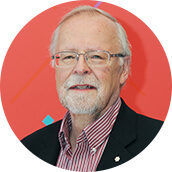 About the Author
About the Author
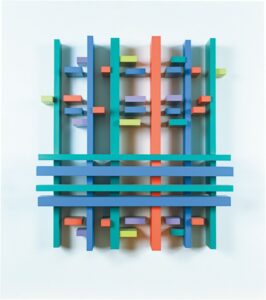 More Online Art Books
More Online Art Books
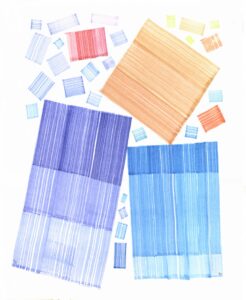 Acknowledgements
Acknowledgements